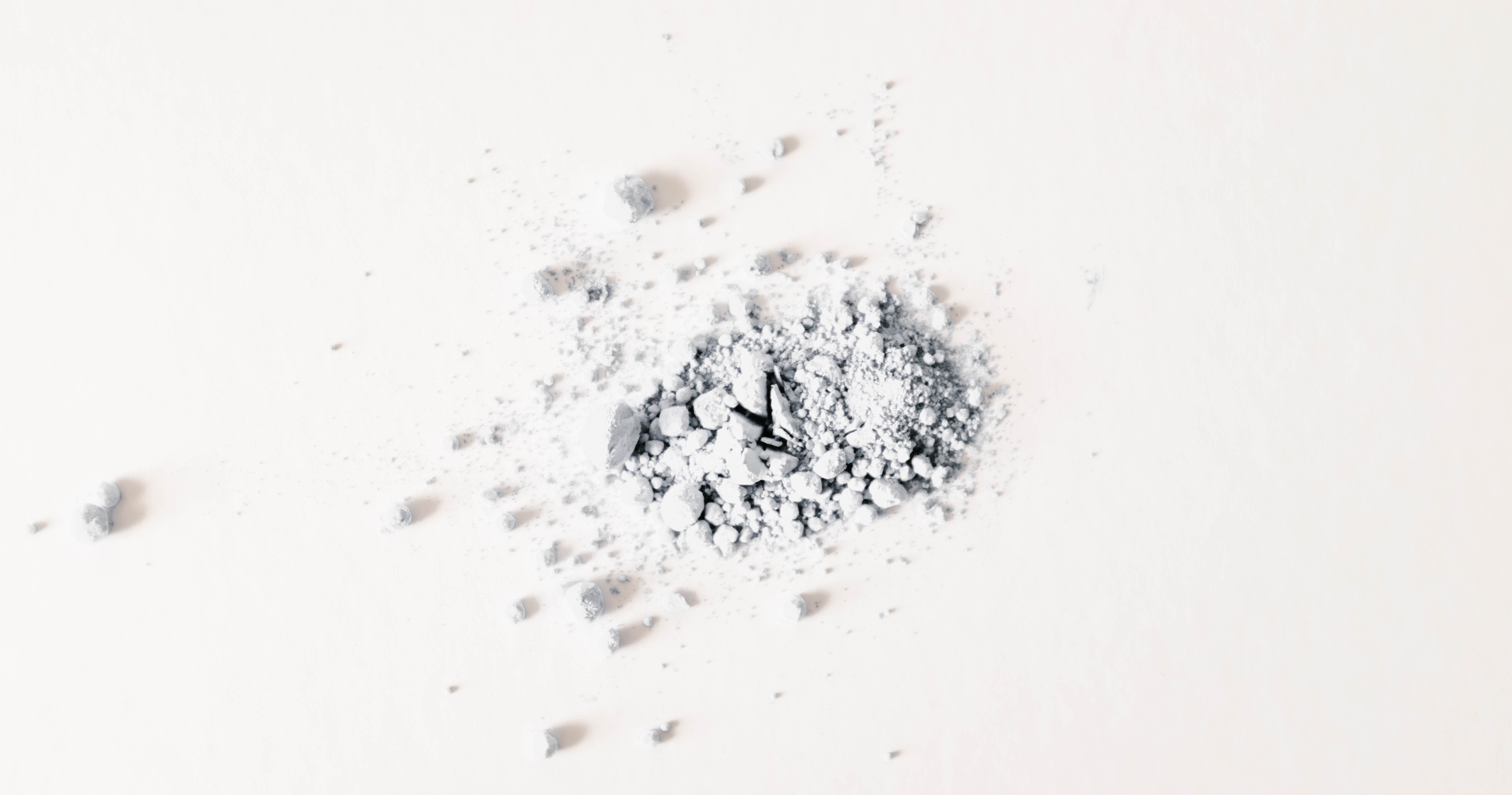Watercooler: Know Your Customers

For many people, baby powder was part of everyday hygiene. It was sprinkled in smelly shoes, and on babies’ bottoms, used to set makeup and prevent chafing, substituted for dry shampoo and applied to soothe irritated skin. But in recent years, baby powder has been under fire—specifically, Johnson & Johnson’s baby powder—for being linked to ovarian cancer and mesothelioma in women.
Marketing of baby powder was originally targeted to babies but transitioned to adults in the 1970s when pediatricians discovered that talc—one of its main ingredients—could prove harmful to infants. In 2006, the light was cast again on baby powder, when the International Agency for Research on Cancer, a division of the World Health Organization, first classified cosmetic talc as a possible carcinogen for women who used the product for feminine hygiene. Despite this alarming discovery, Johnson & Johnson bolstered its marketing of baby powder to some of the demographics most affected—African American and overweight women—with a focus on underdeveloped, warmer regions.
Johnson & Johnson, which has been selling baby powder since 1894, started distributing samples to African American churches, barbershops, beauty salons, health care institutions and entertainment facilities, and throughout predominantly African American and Hispanic neighborhoods. It funneled money into digital and print ads in partnership with Weight Watchers, a weight loss and wellness company, and designed a $300,000 national advertising campaign that reached six markets, all of which had direct links to the target demographics. And currently, Johnson & Johnson, which has allegedly downscaled its marketing efforts, is being faced with 13,000 lawsuits where plaintiffs are blaming the company, along with Shower-to-Shower—a powder brand Johnson & Johnson sold in 2012—claiming that its baby powder caused ovarian cancer and mesothelioma, and contained traces of asbestos fibers, a known carcinogen. In July 2018, a jury granted $4.7 billion to 22 ovarian cancer patients and their families, and five years earlier in 2013, the company was found negligent in the first-ever case to claim that consistent use of baby powder for feminine hygiene was linked to ovarian cancer.
Ironically for baby powder, this has proven to be a sticky situation for Johnson & Johnson. The company, which has not released any details about its baby powder containing asbestos, is at odds with some organizations—like the World Health Organization—which associate baby powder with cancer, while others, like the U.S. National Institutes of Health, claim there is no such thing. According to Reuters, in December 2018 Johnson & Johnson released that it has been aware asbestos was present in its baby powder for decades; its shares then fell 2.1 percent. Caught in the middle of these ongoing claims, and with baby powder responsible for such a small percentage of Johnson & Johnson’s products, perhaps it is time for the brand to rethink selling the product. When it comes to the safety of consumers, it’s never a good decision for consumers to know that a company is aware of potential dangers but continues to carry out these same practices.
––––––––––––––––––––––––––––––––––––––––––––––––––––––––––––––––––––––
Danielle Renda is associate editor of PPB.

